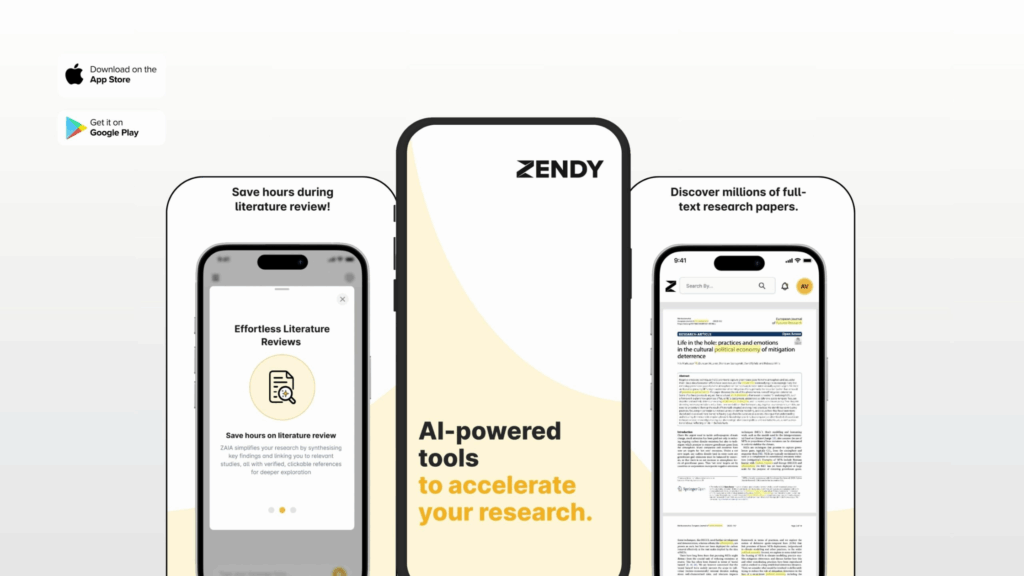
Artificial Intelligence (AI) is transforming how we interact with information across industries, and digital libraries are no exception. These aren’t just storage spaces for academic texts anymore; they are becoming intelligent platforms that actively assist with research, learning, and information discovery. This shift marks a fundamental change in how knowledge is accessed, navigated, and used.
In this post, we explore why AI is becoming essential in digital libraries, the role of personalisation, automation, and data, and the importance of integrating these tools with broader educational platforms like learning management systems (LMS).
1. Smarter Discovery and Search
Modern AI tools can understand context and interpret natural language, delivering relevant results that are no longer limited by exact phrasing, word choice, or other linguistic parameters. This means researchers can ask questions that AI can then interpret and analyse, retrieving relevant results accordingly.
2. Personalised Learning Journeys
AI can observe user behaviours, by reading patterns, searches, and interests, and use that data to recommend relevant books, articles, and even complete reading paths. This kind of personalisation makes discovery intuitive and learning more engaging. Beyond just recommending content, AI can also tailor the learning experience to a user’s specific preferences. For example, a visual learner might be guided toward multimedia resources like video lectures and infographics, while a big-picture thinker might be served with high-level summaries before being presented with detailed articles. This means less time searching and more time learning, all within a framework that adapts to the individual.
3. Automating the Mundane
Smart digital libraries also benefit from automation powered by AI, whether it’s auto-tagging and cataloguing documents, maintaining metadata, or providing 24/7 support through virtual assistants and chatbots. These systems don’t just reduce workload for librarians, they free up time for higher-value tasks like curation, engagement, and research assistance.
4. Strategic Collection Development
With data analytics and AI, libraries can now understand what users truly want. Identifying borrowing patterns, search volumes, and usage habits helps shape smarter acquisition strategies. This ensures investment in the research collections and subjects that are actually being read or needed, not just what’s expected. With concrete reports on user behavior—such as access, downloads, and borrowing trends, every acquisition can be justified, ensuring budgets are used efficiently by aligning spending with actual demand.
5. From Libraries to Learning Platforms
As digital libraries expand, they’re beginning to blur the line with other systems, particularly learning management systems (LMS). While LMS and academic research are fundamental to the learning process, they’ve traditionally been managed in separate systems: not because of from intentional pedagogical reasoning but mostly because of the limitations of earlier digital systems, which evolved independently. As those boundaries begin to blur, integration of both offers a way to bring these two pillars of learning back into closer alignment, supporting a more cohesive and accessible educational experience.
The future of education lies in seamlessly integrating these resources. This means a user can search for and access both research articles and relevant courses in a single search. AI-enhanced libraries can be embedded within LMS platforms to offer reading recommendations, assess knowledge gaps, and even support content development for training and education. These integrations create more holistic learning experiences, paving the way for intelligent academic ecosystems.
6. Ethical Use and Evolving Roles
AI’s extensive power also warrants responsible use. Smart digital libraries must protect user privacy, maintain transparency in algorithmic decisions, and remain true to their public mission. This includes carefully balancing the reduction of cognitive load with the need to nurture critical thinking and intellectual development. These systems shouldn’t be so seamless or authoritative that they encourage cognitive resignation, where users passively accept recommendations without questioning sources, context, or logic. Instead, they should stimulate active intellectual engagement, pushing users to think critically and question the reasoning behind suggestions.
Furthermore, maintaining research integrity is essential. This means ensuring AI tools are used to support, not replace, scholarly work, and that the origin and reliability of information remain transparent. Upholding these principles requires ethical frameworks, oversight by human librarians, and continuous learning by both systems and professionals. As a result, the role of librarians is shifting. No longer simply custodians of information, they are evolving into knowledge guides, data interpreters, and AI integrators, key players in ensuring that AI-supported research maintains its rigor and trustworthiness.
Conclusion: The Next Chapter for Libraries
AI is changing digital libraries from being just storage spaces for information into active partners in research and learning. It helps people find what they need more easily by understanding context, creates personalised learning paths, and takes care of repetitive tasks so that both users and librarians can focus on more important work.
With AI working alongside humans and linking smoothly with learning platforms, the role of the library is evolving. It’s no longer only a place to search for information, but a smart, supportive environment that promotes research integrity and makes knowledge more accessible, personalised, and useful for everyone.
Explore our e-resources and digital library solutions



